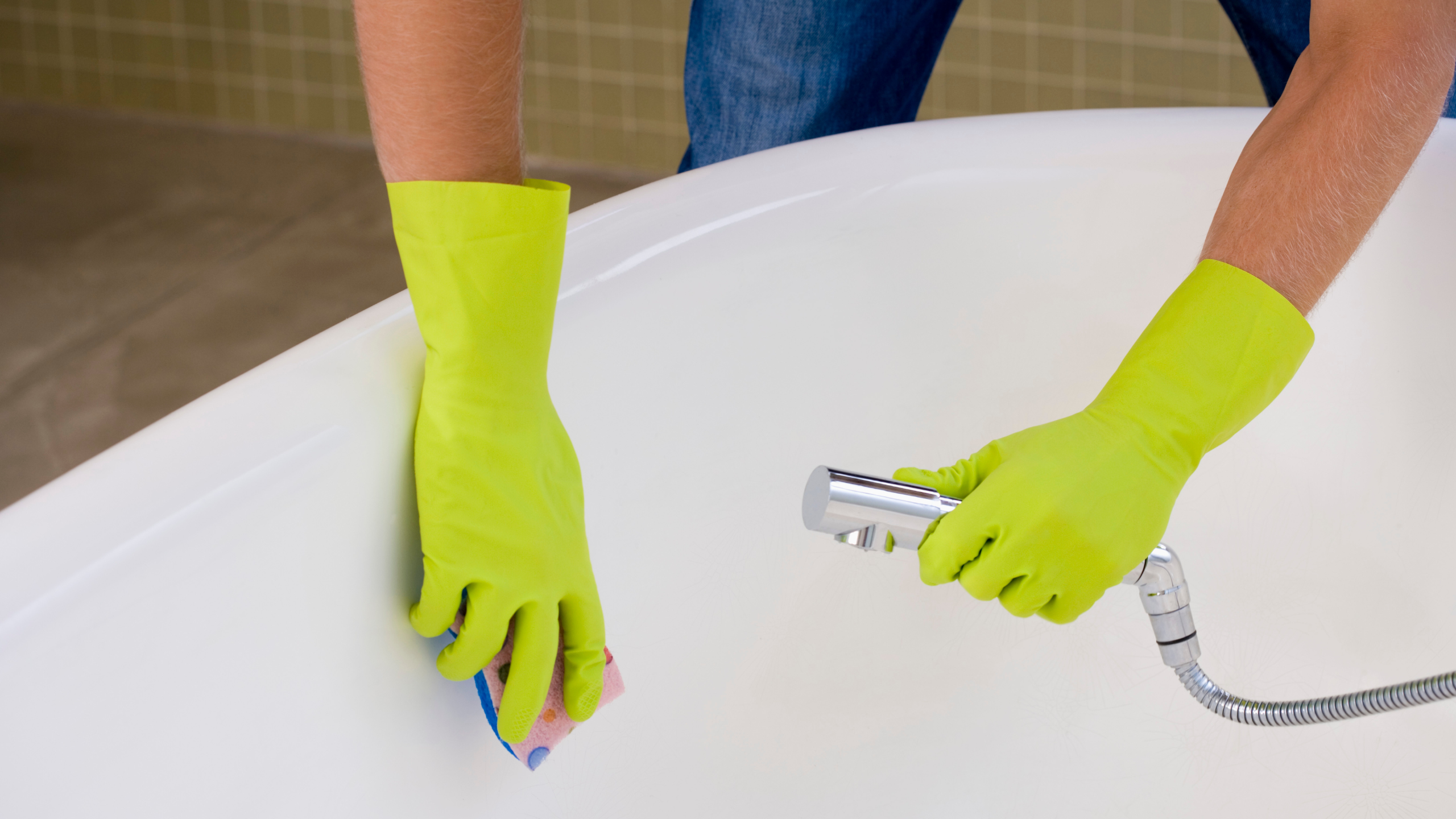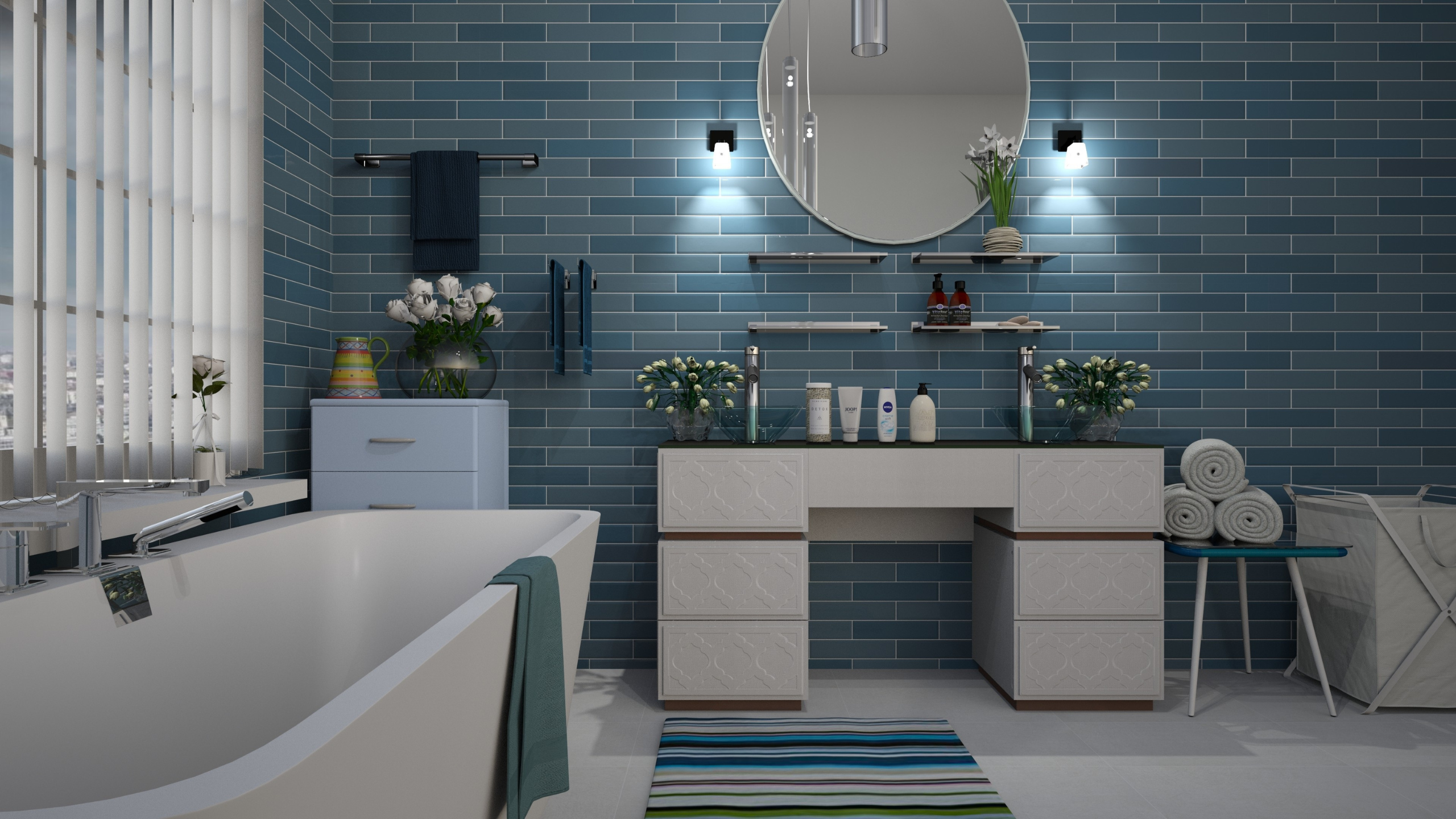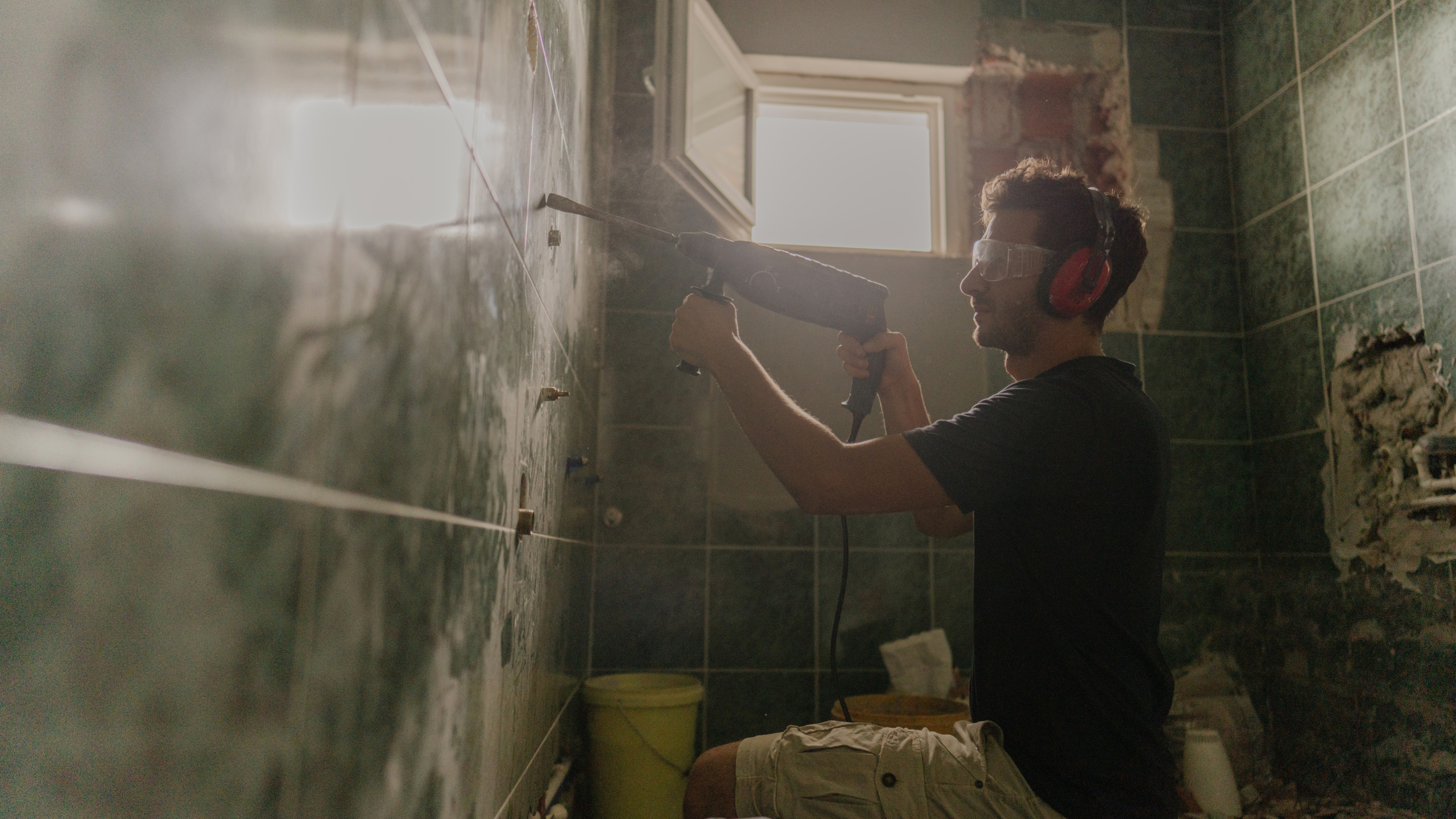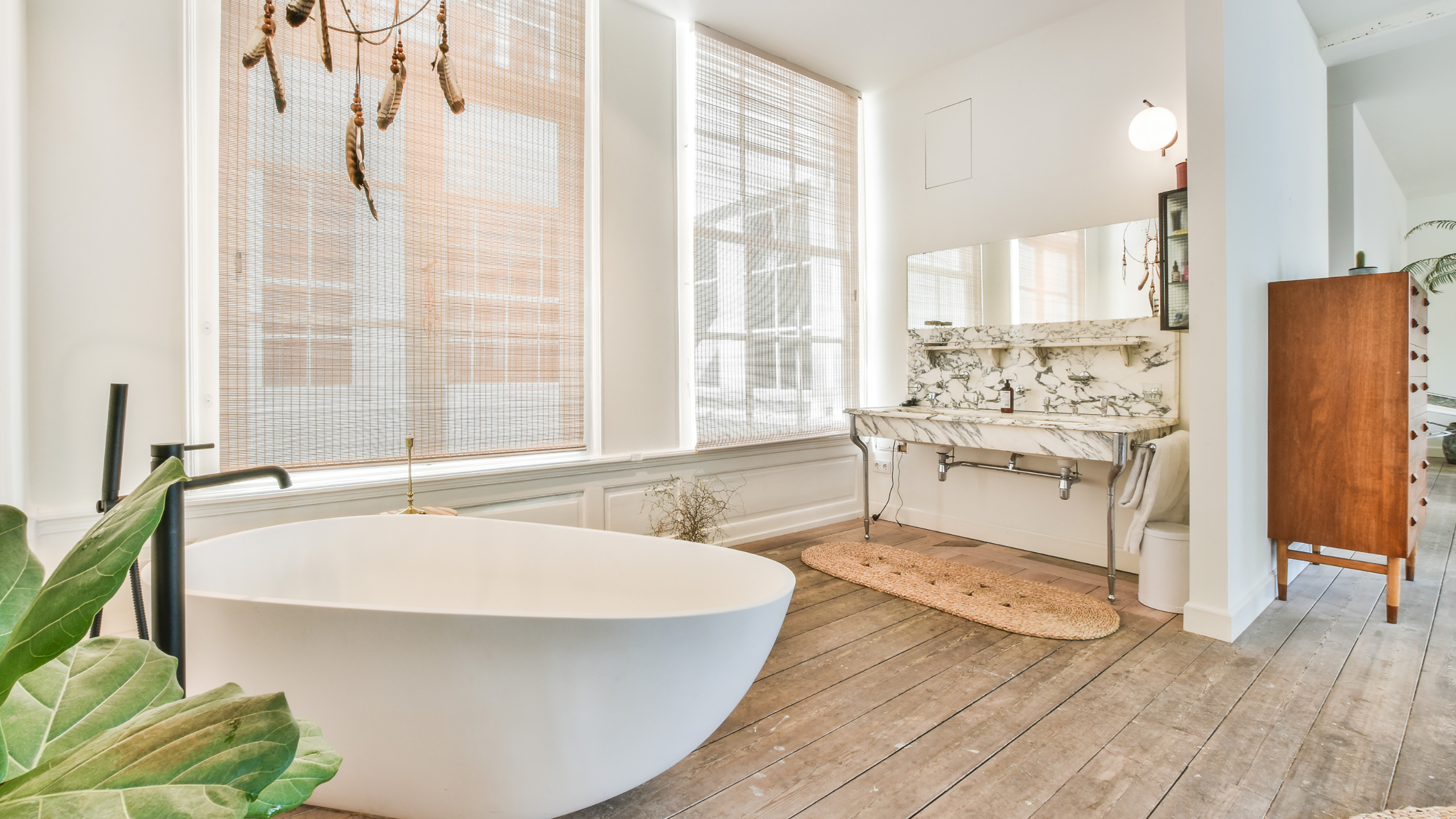Mold can grow in any section of the bathroom; it is most commonly found in nooks and crevices, but it can even grow on the tiles. High humidity is the most typical source of mold growth in bathrooms, but it can also be caused by a lack of proper cleanliness in the space. The regions in a bathroom where humidity tends to accumulate readily include the areas around the shower, toilet, pipes, and any surfaces exposed to water, such as the tiles, walls, and floor.
What can be done to keep mildew from growing in the bathroom? It is critical to clean thoroughly and frequently, as well as to follow certain basic safety precautions.
What to look for if there is mold in the bathroom
Mold is not always visible at first appearance; in fact, we can detect the existence of mold spores simply on the odor they emit when there are only a few or they are just beginning to form. It is also a good idea to inspect the tiles because a porous layer could form in the gap between individual tiles.
How to Prevent Mold Growth in the Bathroom
It is critical to maintain a low relative humidity level in order to avoid the spread of mold. As a result, the following safety precautions must not be overlooked:
- Make sure there are no leaks in the bathroom; this can be done while you’re cleaning the rest of the house.
- All hard surfaces, such as floor and wall tiles, must be cleaned and dried.
- It is critical to clean any soft surfaces on a regular basis, such as the shower curtain.
- When having a shower, make sure the curtain or door to the shower cubicle is pulled all the way back and completely shut to reduce the quantity of water that gets on the floor and walls.
- Keep the doors and windows open after each shower to ensure appropriate ventilation.
- After you’ve finished showering, clean and dry the room.
- After hanging the mats and towels outside to dry, bring them back into the home and rearrange them only after they are no longer moist.
- Install a vent fan that turns on when you’re in the shower.
Mold in the bathroom - cleaning it up
It is not always required to use typical detergents that can be purchased in stores to remove mold. Natural medications have been found to be equally as effective as their synthetic counterparts, and they are also less harmful to the environment.
- When you’ve determined that mold is growing in crevices and other spots, use a toothbrush dipped in a mixture of half a lemon juice, 100 milliliters of vinegar, and 250 milliliters of water. If the mold does not release easily, add baking soda.
- Regularly wash the shower curtain in the washing machine with a mixture of one cup baking soda and one cup white vinegar. If it is plastic, it is recommended to soak it in detergent-containing water for a time, with the addition of vinegar in this case. Before commencing the assembling procedure, make sure it is entirely dry.







